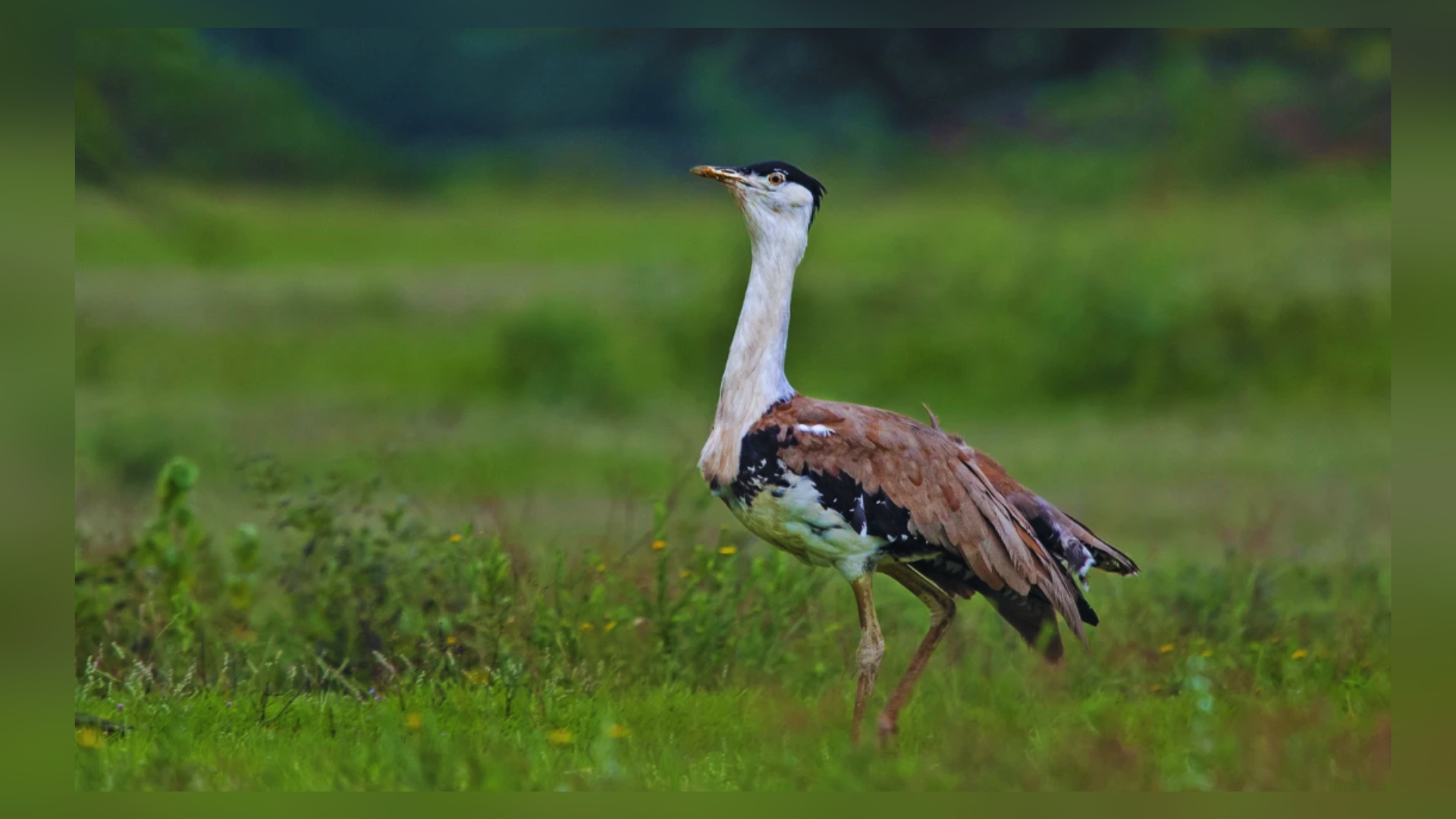In recent times there have been unprecedented changes in the climate we dwell in, and recent reports have also pointed towards a steady rise in temperatures on a year-on-year basis. The base levels of the temperature increase threshold which stood at 1.5 degrees Celsius which was set by the Paris Agreement has also been surpassed in recent times.
By acknowledging the right to be free from the adverse impacts of climate change as a separate fundamental right, the Supreme Court of India has furthered the argument for a healthy environment and sustainable development. While the apex court had previously recognized the right to live in a clean environment as part of the right to life under Article 21 of the Constitution, it has now concluded that the right to be shielded from climate change and the right to a wholesome environment are two sides of the same coin. With the escalating threat from climate change each year, the Court believes it is imperative to treat the former as a distinct right.
The court has elaborated on how the unpredictability of climate change adversely affects life, encompassing rising temperatures, storms, droughts, food shortages resulting from crop failures, and changes in vector-borne diseases. If environmental degradation and climate change result in a severe scarcity of food and water, it will also violate the right to equality, as marginalized and underserved communities will struggle to cope with the challenges.
The Court’s focus on climate change arose in a case that juxtaposed the concern over the significant deaths of the Great Indian Bustard caused by solar power transmission lines against India’s international obligation to fulfill its emission reduction commitments and enhance its energy capacity through non-fossil fuel sources.
What Is The Issue?
It’s unfortunate that the need to protect a critically endangered species is at odds with the objective of reducing the country’s carbon footprint.The scenario presents a perplexing dilemma unique to certain regions of the country. The Bench was confronted with a plea from three Union Ministries — Environment, Power, and New and Renewable Energy — requesting a modification of the Court’s April 2021 order. This order aimed at safeguarding the critically endangered Great Indian Bustard from being fatally injured in collisions with power transmission lines erected by solar energy companies in Rajasthan and Gujarat.
For Safeguarding the species the Court order directed to lay down all low-voltage powerlines underground in areas where the Great Indian Bustard has ‘priority’ (where the bird is known to live) and ‘potential’ (where conservation efforts are going on). The order also directed to convert all the overhead power transmission lines to underground ones in order to prevent the collision of the bird with the power line during migration.
The modification was requested because converting to underground lines was deemed technically infeasible and prohibitively expensive. Additionally, the renewable energy sector was adversely impacted by the order, particularly given the significant solar and wind energy potential in the area. The Court has now tasked an expert committee with determining the appropriate balance between underground and overhead lines and has recalled its previous directives.
The Legacy Of The Great India Bustard
The majestic Great Indian Bustard, a true symbol of India’s natural heritage, roams the vast landscapes of the Indian subcontinent, this bird is among the heaviest of the flying birds. The iconic Great Indian Bustard faces a dire threat from hunting and habitat loss, as it relies on vast stretches of dry grasslands and scrub for survival. Often found sharing its habitat with the elegant blackbuck, this majestic bird is safeguarded under India’s Wildlife Protection Act of 1972. It is unmistakable with its black cap contrasting with the pale head and neck. The body is brownish with a black patch spotted in white.
Species Distribution
Once abundant across India and Pakistan, the Great Indian Bustard was historically found in regions spanning Punjab, Haryana, Uttar Pradesh, Madhya Pradesh, Chhattisgarh, Odisha, Andhra Pradesh, Rajasthan, Gujarat, Maharashtra, Karnataka, and Tamil Nadu.
However, today, the bustard’s habitat has dwindled, and it is now confined to isolated pockets in Andhra Pradesh, Gujarat, Karnataka, Maharashtra, Madhya Pradesh, and Rajasthan.
Threats
Since 2011, the Great Indian Bustard has been categorized as Critically Endangered on the IUCN Red List. It has vanished from 90% of its previous territory, with the population estimated to be possibly fewer than 250 individuals in 2008. The primary dangers it faces are hunting and habitat destruction. Historically, these birds were extensively hunted for food and recreational purposes, and currently, poaching may still pose a threat to the species.
The United Nations Sustainable Development Goals
United Nations has its Sustainable Development Goals that aim to develop a better and sustainable future for the upcoming generation of Humans as well as other species. SDG 15 (Sustainable Development Goal) specifically talks about the preservation of life above land and fostering harmony between biodiversity and the ecosystem. It is devoted to “protect, restore and promote sustainable use of terrestrial ecosystems, sustainably manage forests, combat desertification, and halt and reverse land degradation and halt biodiversity loss”.
At the Rio+20 Conference, Member States reaffirmed, through paragraphs 197- 204 of the outcome document, the Future We Want, that “intrinsic value of biological diversity, as well as the ecological, genetic, social, economic, scientific, educational, cultural, recreational and aesthetic values of biological diversity and its critical role in maintaining ecosystems that provide essential services, which are critical foundations for sustainable development and human well-being”. Member States also recognized “the severity of global biodiversity loss and degradation of ecosystems” and stress the negative impact that this situation has on food security, nutrition, access to water, the health of the rural poor and people worldwide”.
If we keep in mind the goals enlisted by the United Nations it becomes imperative for us to safeguard the species’ future as it directly correlates to the future of our own species as well. The ecosystem is a well-connected nexus of exchanges and each species has its role in balancing it. It is quite regrettable that sometimes fulfillment of two separate environmental goals can be at loggerheads. What is needed is consideration of proper policy measures in order to safeguard both the impending goals.
Court’s Current Order
On January 19, 2024, several solar and wind energy companies petitioned the Supreme Court, arguing that the April 2021 order was hindering their business operations in the Thar and Kutch regions. The Central government, represented before the three-judge bench led by CJI D Y Chandrachud, highlighted the practical and financial challenges of implementing the decision. They emphasized that over 80,688 square kilometers were identified as a ‘potential’ Great Indian Bustard (GIB) habitat, with an additional 13,550 square kilometers designated as a ‘priority’ habitat. The government urged for a balanced approach between GIB conservation and renewable energy initiatives
The bench seemed to show understanding towards the Centre’s position that designating 80,688 sq km of land for underground power lines was not feasible. It proposed delineating a ‘critical’ area of approximately 6000 sq km where undergrounding could be implemented. Additionally, the bench instructed both parties to propose a list of individuals for a committee to address the Great Indian Bustard issue in greater depth.
On March 21, the parties presented a list of names, prompting the court to acknowledge that its April 2021 order, which issued “blanket” directives to underground power lines in the Great Indian Bustard (GIB) potential area, may require revision. As a result, a seven-member committee was formed with the mandate to propose conservation and protection measures for the GIB. Additionally, the committee is tasked with identifying areas within the 13,000 sq km ‘priority’ zone where power lines can be constructed, as well as pinpointing areas crucial for GIB conservation.











